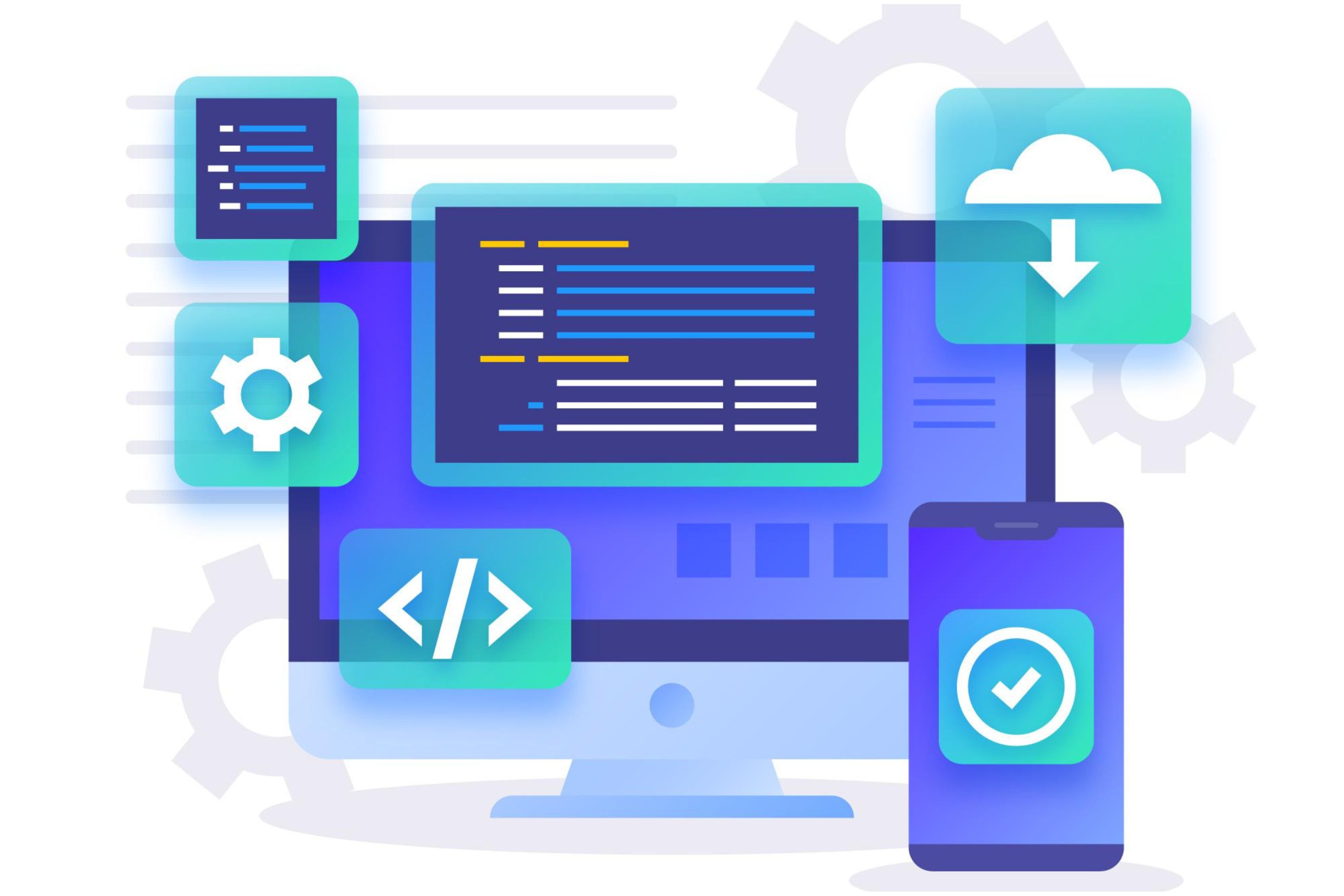Secure Code Review
-
Kripya > Secure Code Review

Overview
A secure code review is a specialized procedure that entails manually and/or automatically examining the source code of an application to find weaknesses in the design, discover unsafe coding techniques, find backdoors, injection flaws, cross-site scripting problems, weak cryptography, etc. The goal of secure code review is to improve the code’s security and uncover any flaws before they may cause any harm. Insecure code that could potentially result in a vulnerability at a later stage of the software development process and ultimately result in an insecure application is found through a procedure called secure code review.
Methodology
This method employs a variety of open-source/commercial tools for secure code review. Most of the time, developers utilize them while they are developing, however, security analysts may also use them. When the safe SDLC process is implemented within the business and the developers are given the ability to undertake a “self-code” review while they are working, the tool is highly helpful for code review. Additionally, the tools help examine huge codebases (millions of lines).
This method involves performing a full code review on the entire code, which may be a highly time-consuming and difficult task. But throughout this procedure, logical errors such as business logic issues could be found that are impossible to find with automated techniques.
What do we do?
To offer the review team an understanding of how the program is supposed to operate, a look at the real operating application is necessary. The review team can begin going with a quick rundown of the database’s structure and any libraries that are being used.
Carrying out a threat analysis to comprehend the architecture of the application. These threats need to be prioritized among the vulnerabilities during the code review. The organization’s essential applications must be identified, and a threat assessment must be done for that group of applications.
Code review is carried out during automation using a variety of paid/free technologies. Automated technologies are frequently used to analyze huge code bases with millions of lines of code, speeding up the code review process. They are capable of locating all the unsafe code packets in the database, which the developer or any security expert can then examine.
To verify access control, encryption, data protection, logging, and back-end system connections and usage, manual code review is the only method available. A manual inspection is crucial for tracking an application’s attack surface and figuring out how data moves through an application from sources to sinks. Although going line by line through the code is expensive, it improves code readability and also aids in reducing false positives.
Following the completion of the automated and manual reviews, we thoroughly verify any risks that may have been identified as well as any potential remedies for any known codebase vulnerabilities.
After completing all of the aforementioned stages, we compile all of our findings into a report that is easy to read. Every bug is tested in the code along with the patching solutions. The client’s development team and Kripya’s security team discuss the problems and suggestions, and the development team fixes them as a result.
FAQs
Finding security-related vulnerabilities and weaknesses inside the source code is important; this is the purpose of secure code review. These bugs might make the entire code unfriendly to being exploited and are potentially harmful. Applications' integrity, security, confidentiality, and attainability may all be at risk if their source code is not secure.
The optimal time to do a secure code review is near the end of the source code development process after the majority or all functionality has been developed. A secure code review costs money and takes time, which is why it is postponed until late in the development phase. Cost reduction is aided by carrying it out just once near the end of the development phase
The primary goal of a code review should be to provide helpful criticism that will improve the code's readability, maintainability, and bug-free nature.
- Security by Design
- Access Control
- System Configuration
- Password Management
- Input Validation and Output Encoding

